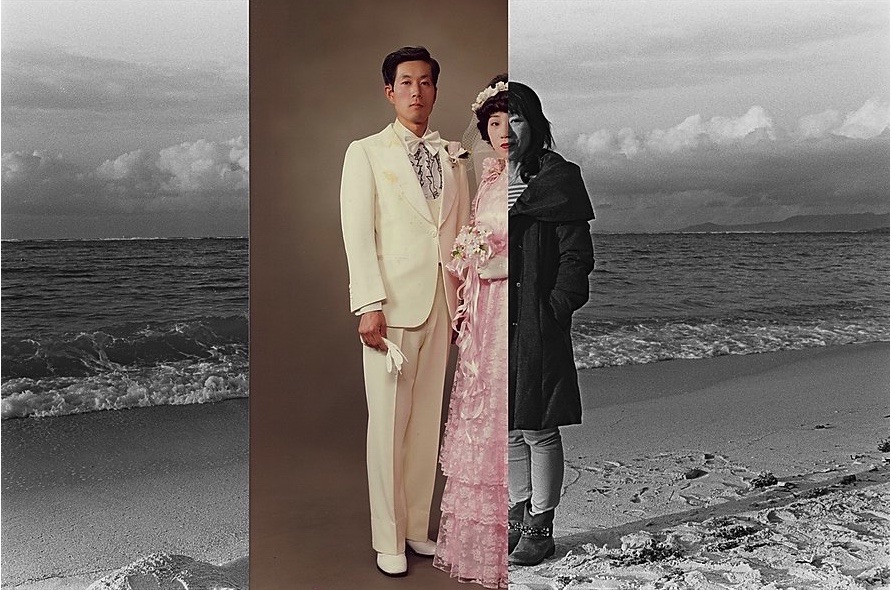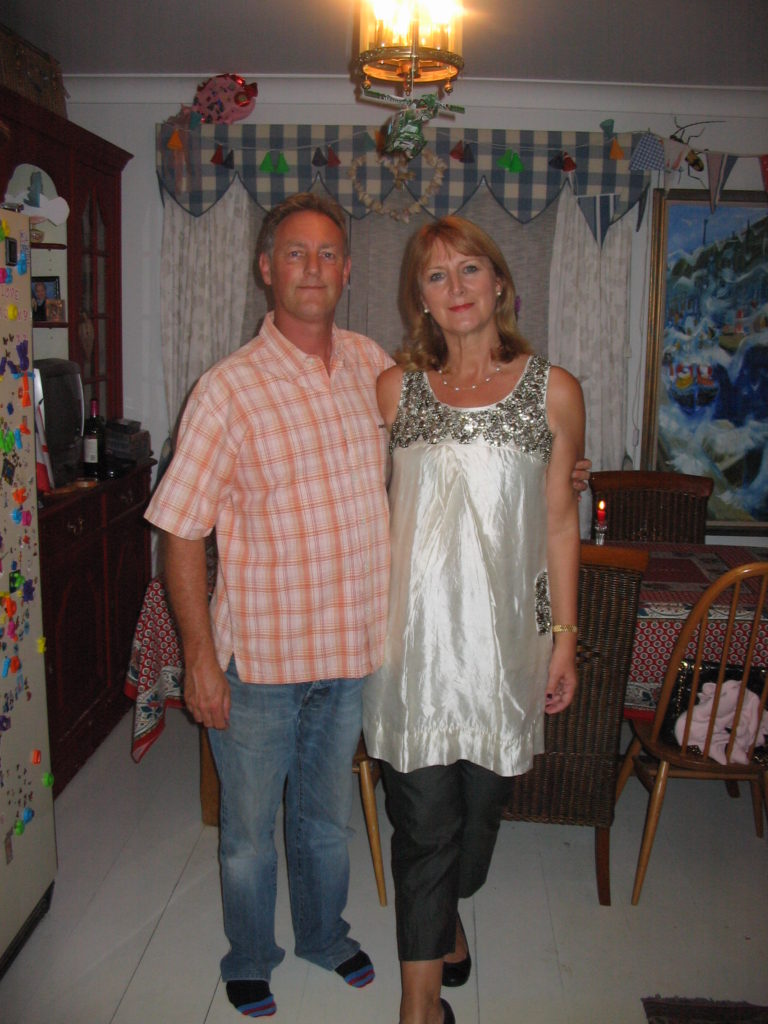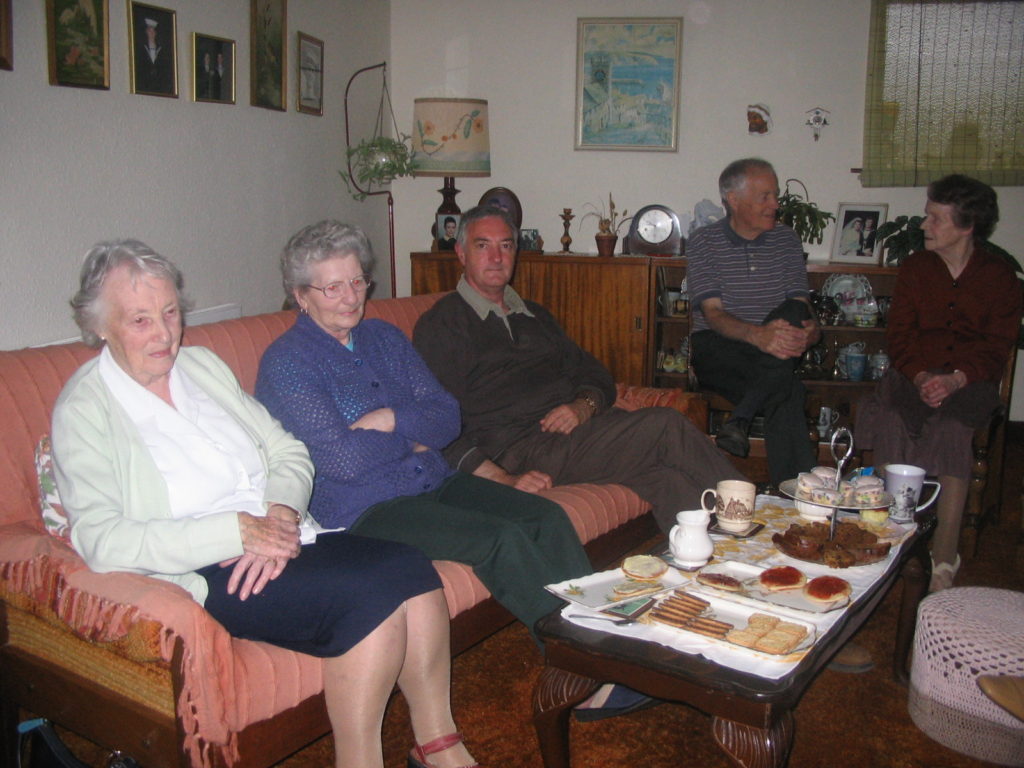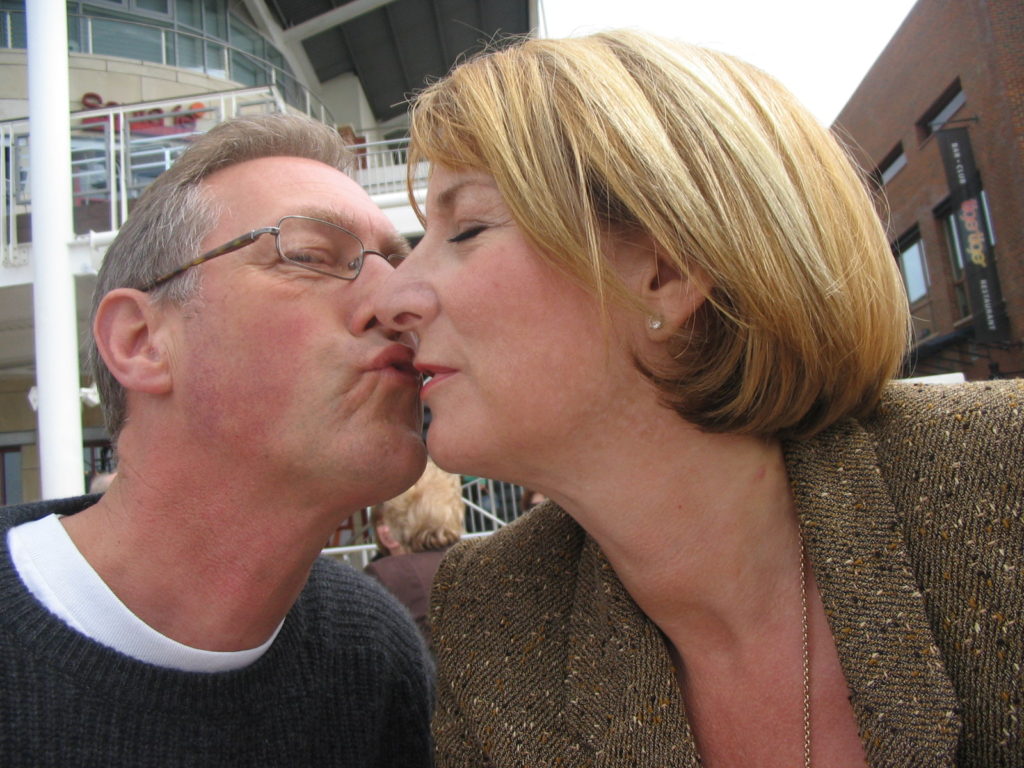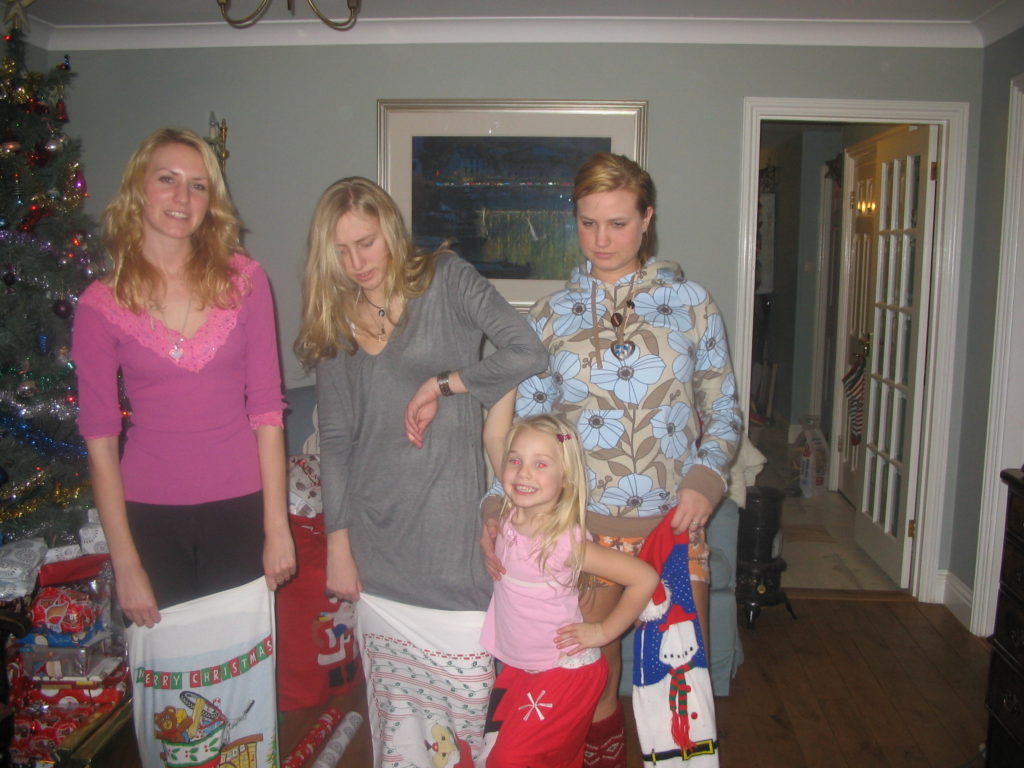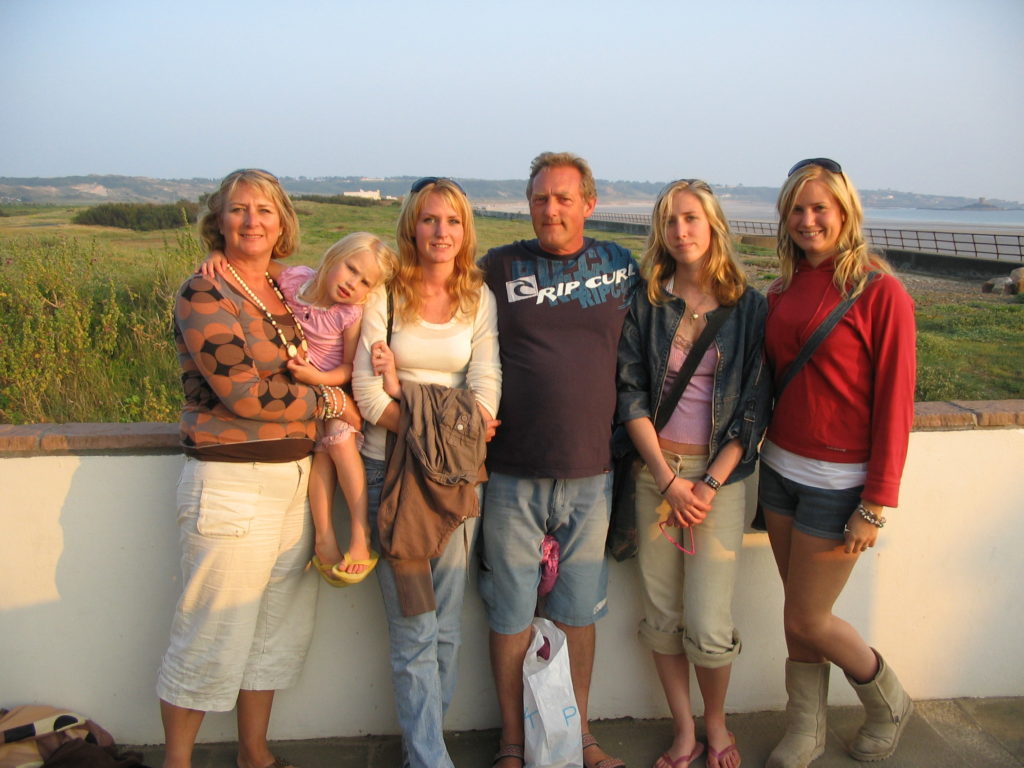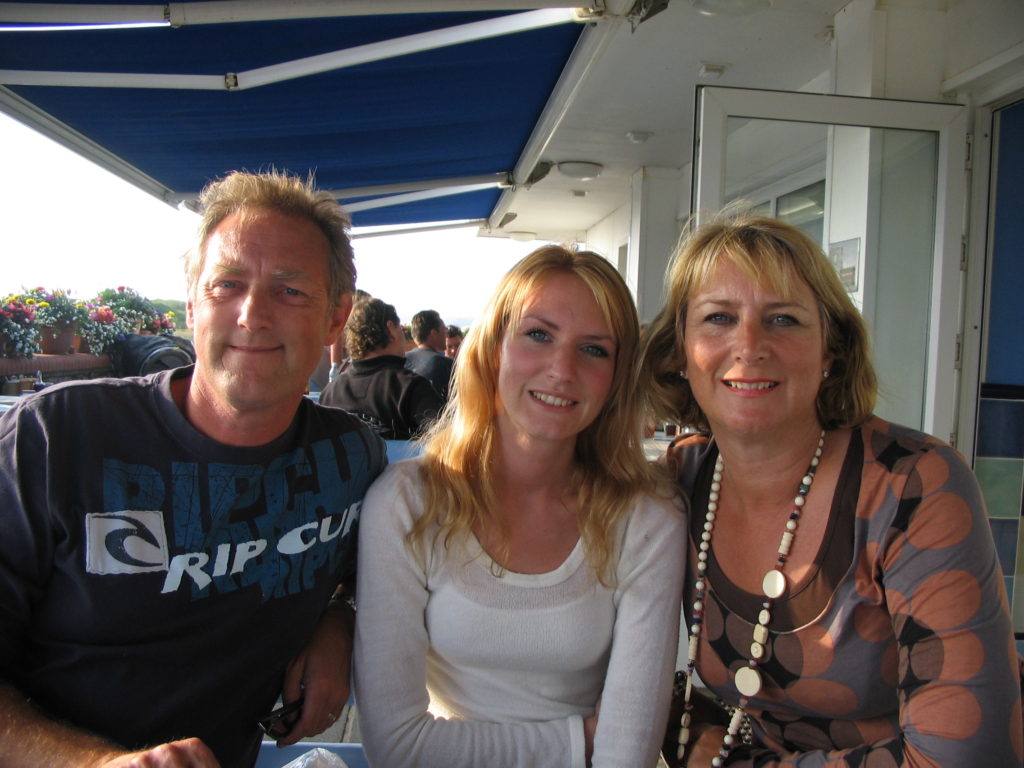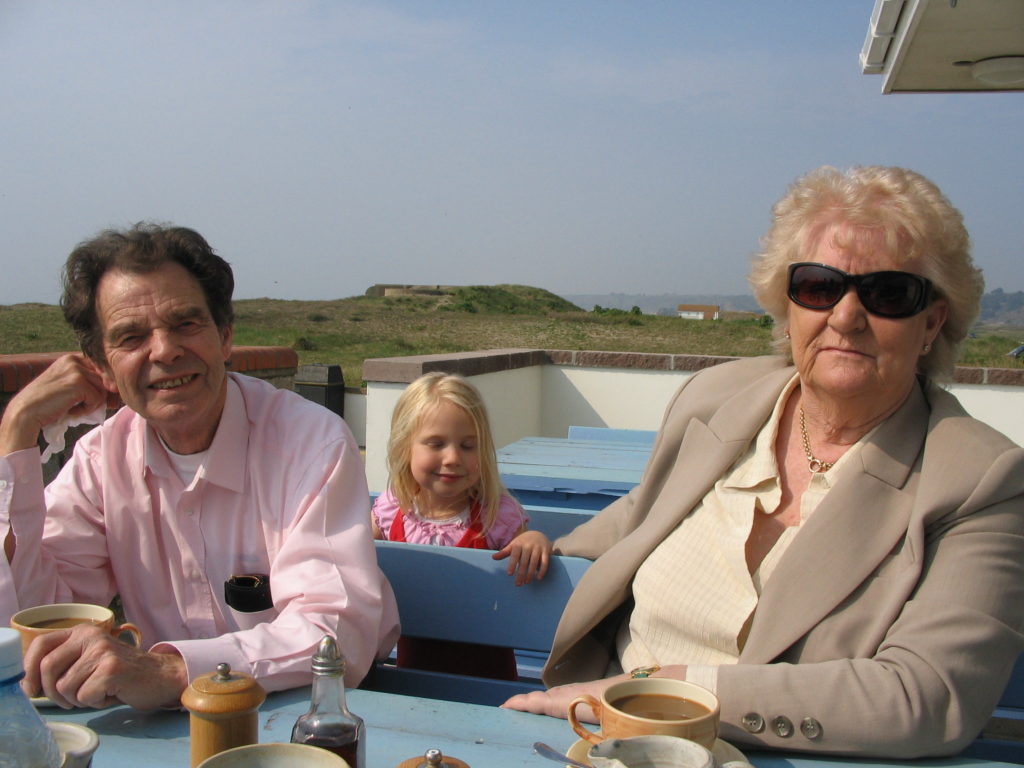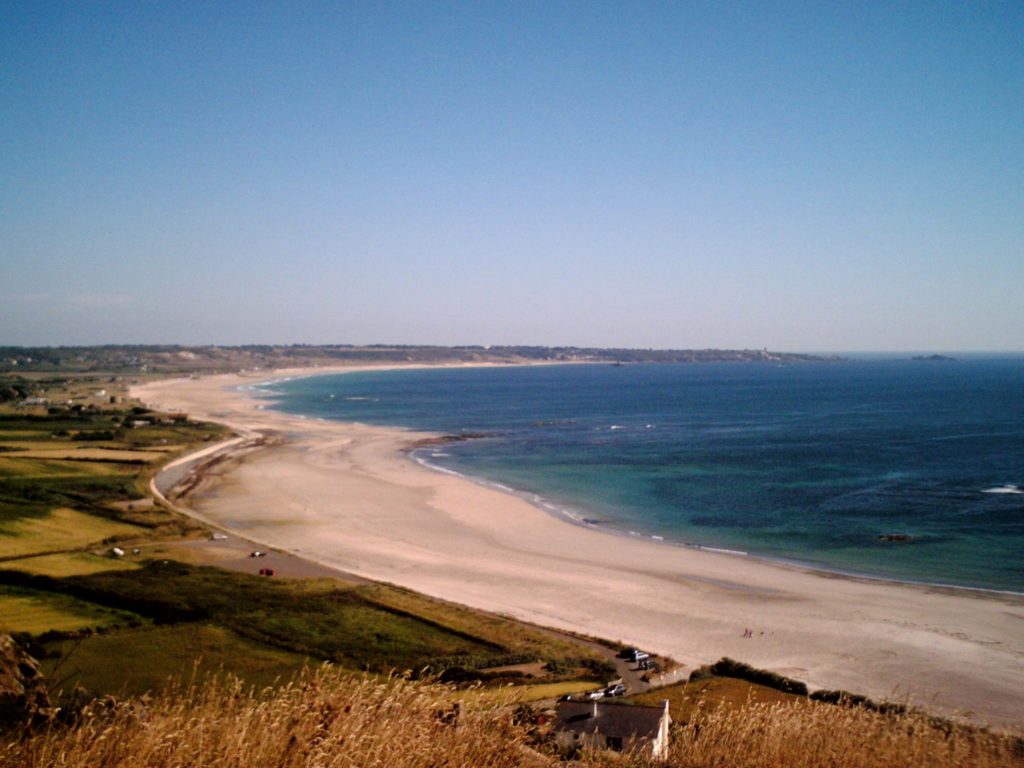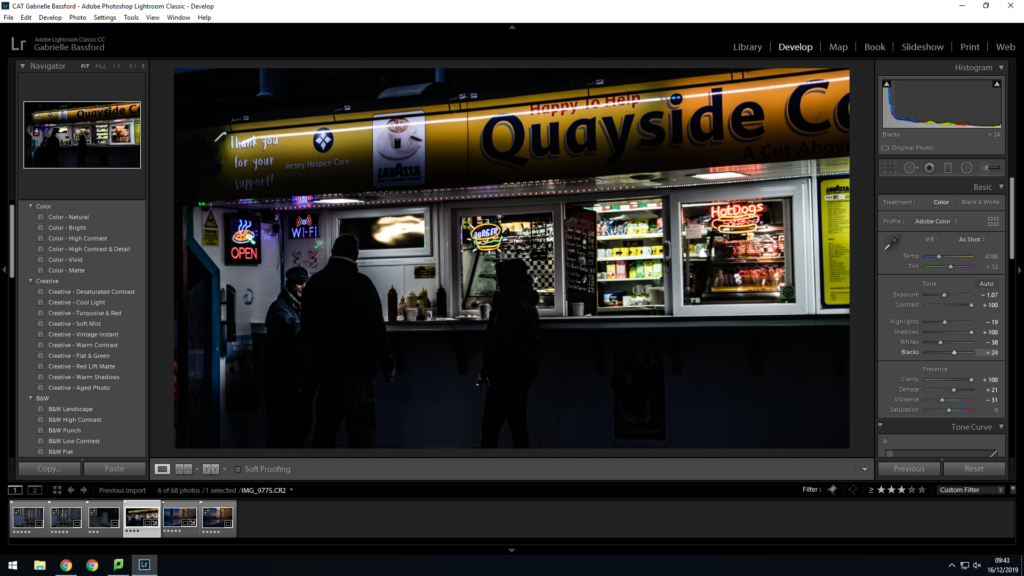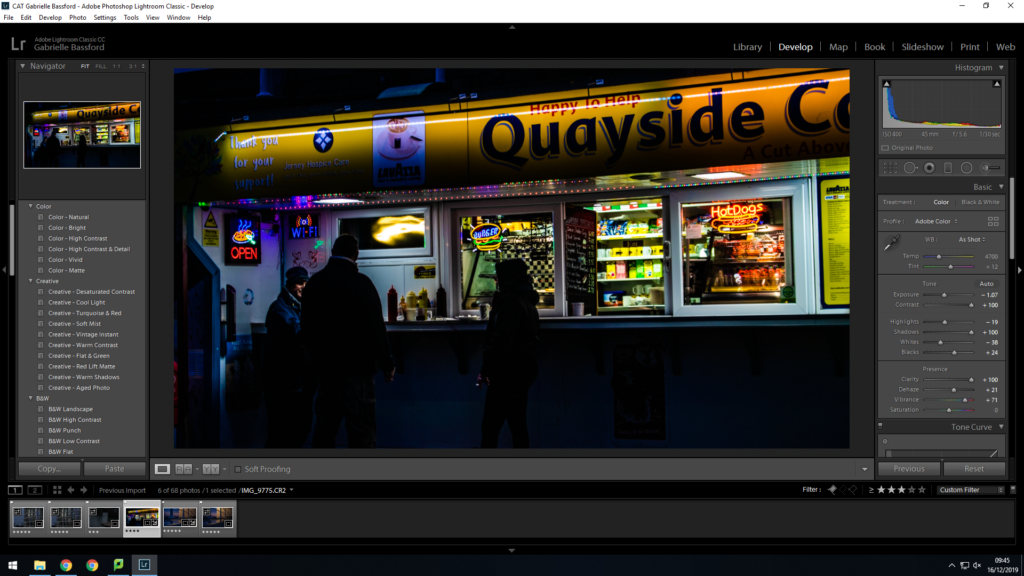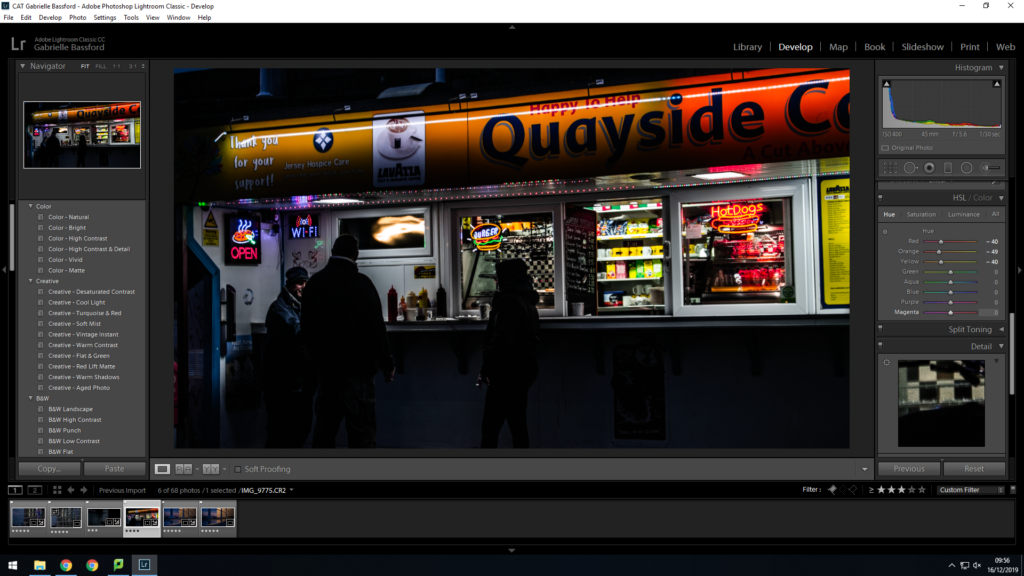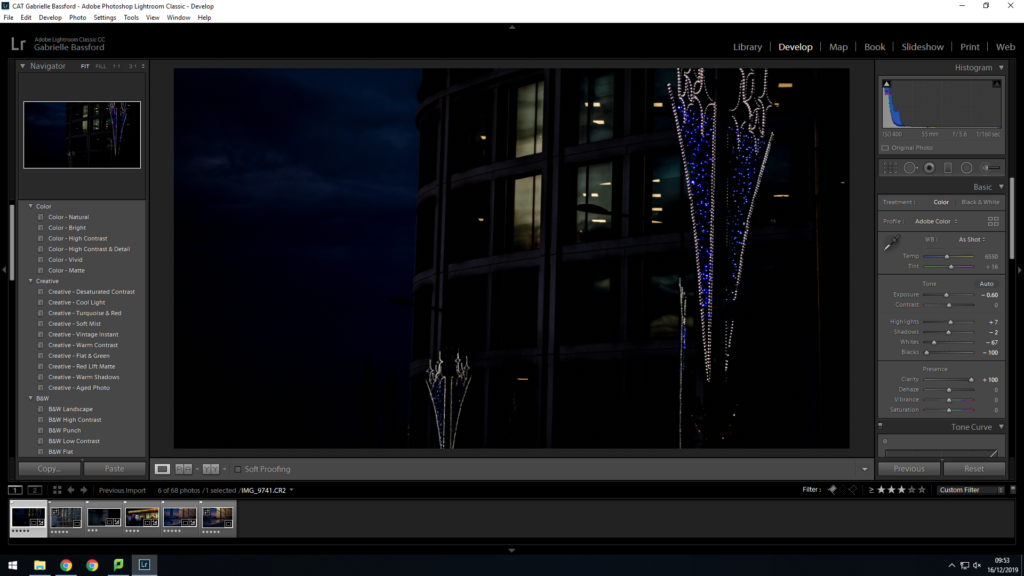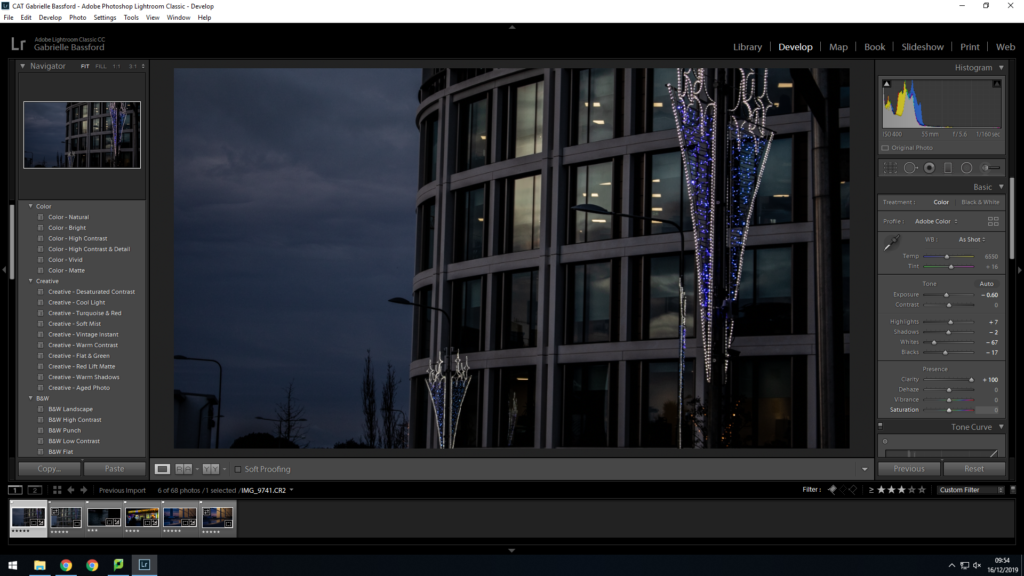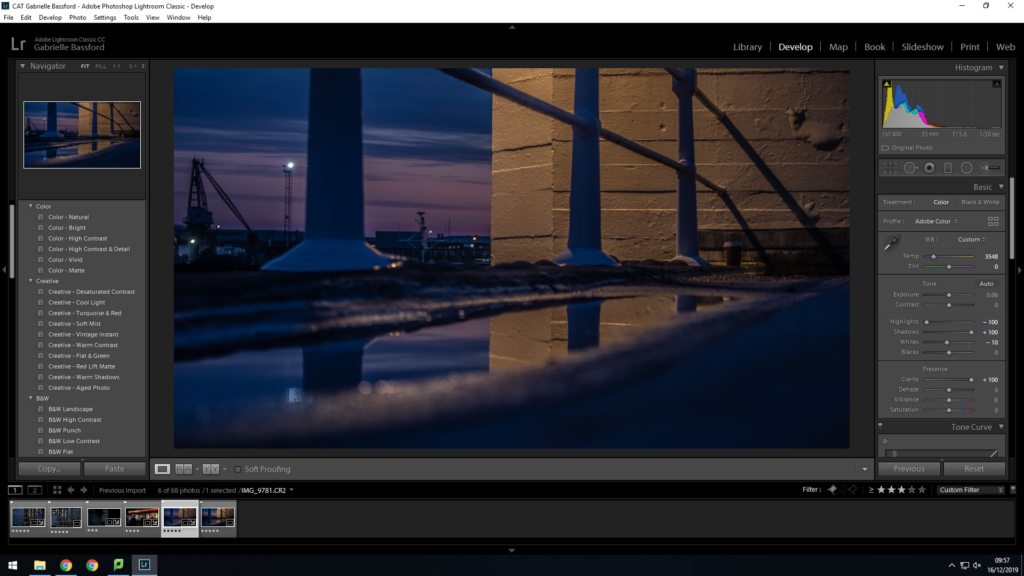Yoshikatsu Fujii’s book ‘Red string’. I enjoy the tactile feel of the book.
Fujii’s project “Red String,” was highly inspired by his parents’ divorce, produced a hand-made limited edition photobook. red string is a reference to Japanese legend that people who are destined to be together have been tied together by invisible red string. he documents thier lives and includes old family images.


Red string feels fragile, made of felt like material with red string stitching, sewing on the title and small image. Its a soft cover, no image wrap or dust jacket. It has both black and white and colour images with the black and white images his original images and the coloured ones are the original childhood ones. The book’s orientation is portrait, roughly A5 size with roughly 80 pages (40 or so each half). Each half is bound together with Swiss binding (no binding in typical bending place). The title itself is relevant and poetic as red string is a reference to Japanese legend that people who are destined to be together have been tied together by invisible red string, which Fujii comments on at the end of each half. The narrative of the book is Fujii documenting his parents lives after their divorce. The book is a mix of his own images along with old family photos. The book has a very interesting design as it is split in two with, it seems, his mothers story on left and his fathers on right, relaying the message of his divided parents. The photos sometimes go over each half to read as one full image. Most of the double page spreads dont usually take up the whole page with archive images layered over originals images. One singular image rarely takes up whole page and image placement varies with some pages having multiple images. Pieces of paper with messages inserted into the book. The original images take by Fujii are not highly edited other than putting the images into black and white and slight photo montage between the original and old family images. It doesn’t seem to be sequenced specifically other than the book being in two halves. There is some text at the end and 3 inserted bits of paper with some text but not much.

